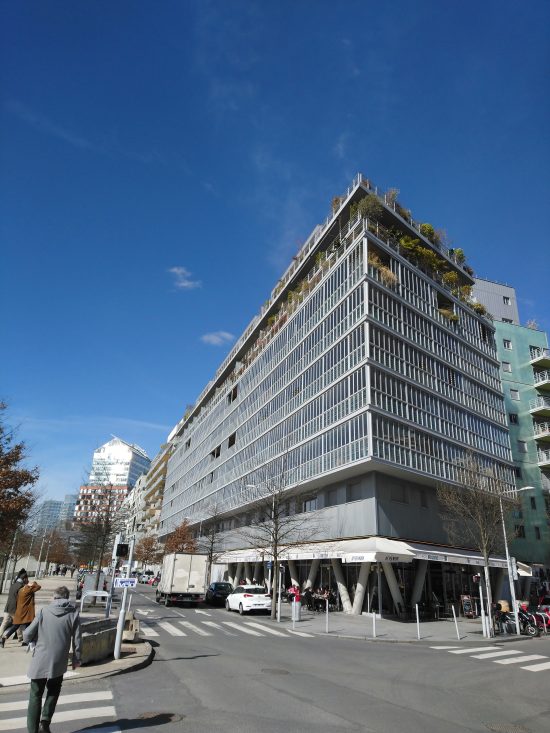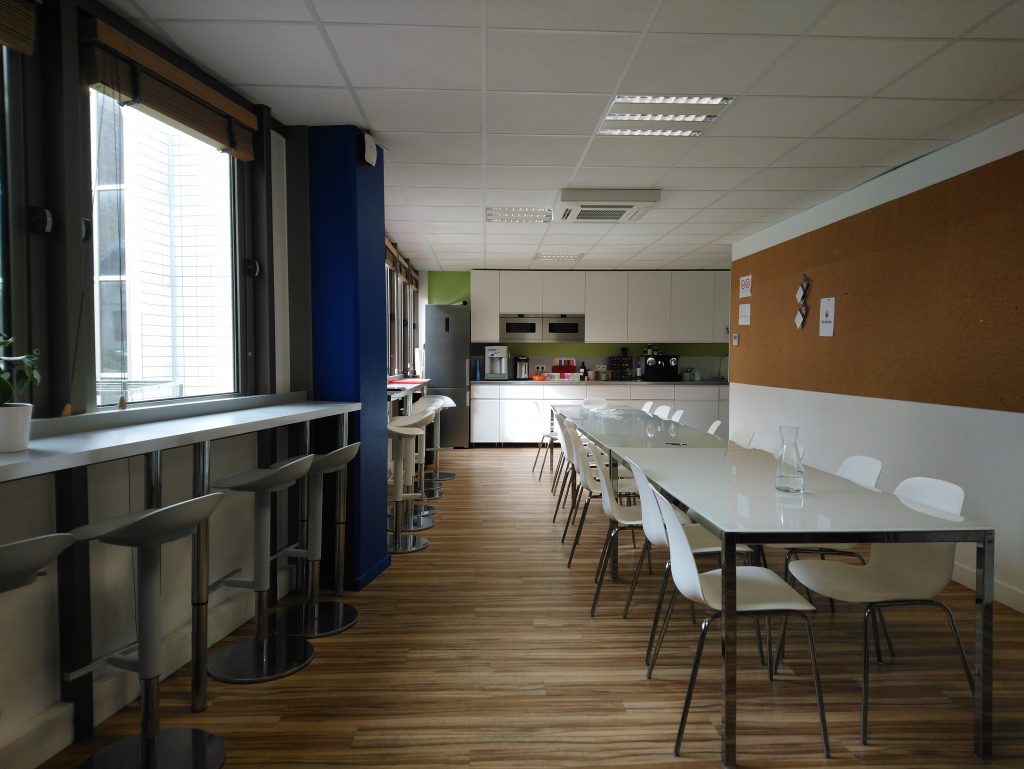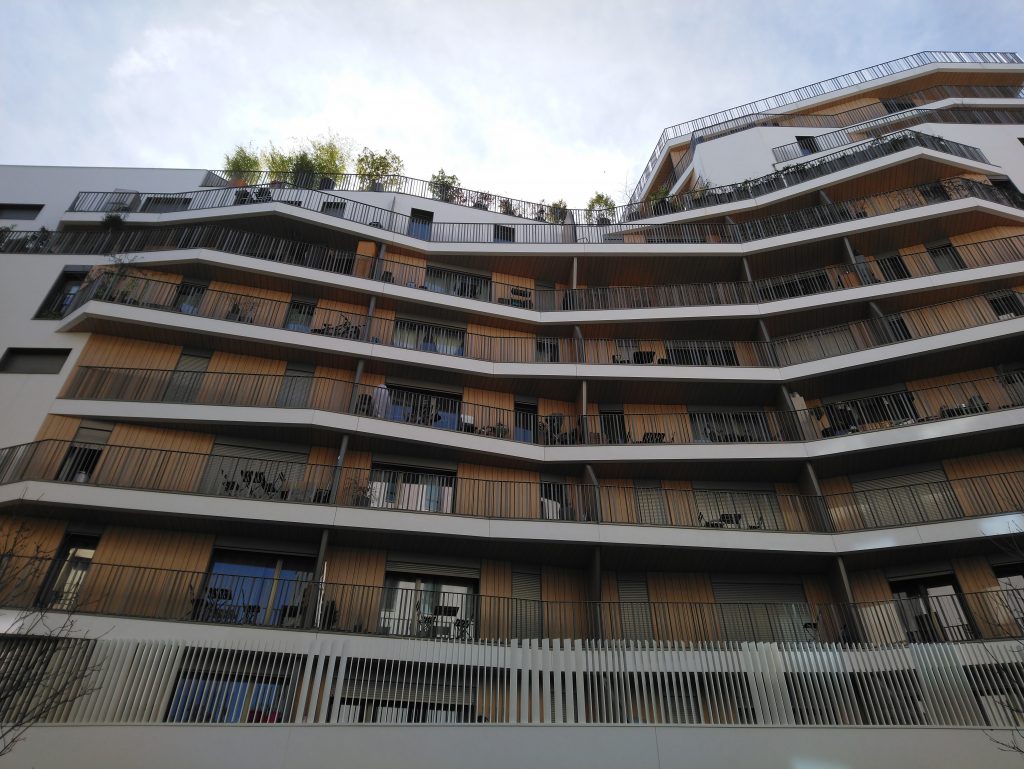Announced in January 2018, the Sony Xperia XA2 Ultra is billed as the ultimate “dual selfie” camera smartphone, having both a 16Mp and an 8Mp camera on its front. Around the back, however, there’s a 23Mp camera that uses a 1/2.3-inch Exmor RS sensor and has very similar specifications to the cameras in Sony flagship smartphones. It’s this main camera that’s the subject of this review.
The anodized aluminum shell is fronted by a borderless 6-inch Full-HD display protected by Corning Gorilla Glass, while the processing is handled by a Qualcomm Snapdragon 630 engine. It’s all powered by a 3,580 mAh battery.
Key specifications
- Single camera
- 23Mp 1/2.3-inch Exmor RS sensor
- f/2.0-aperture lens
- 24mm-equivalent focal length
- Phase detection autofocusing (PDAF)
- Auto HDR (High Dynamic Range)
- LED Flash
Test summary
The Sony Xperia XA2 Ultra’s 23Mp camera puts in a mixed performance, which means it achieves an overall DxOMark score of 75, the same as its Photo score. On the plus side, it generally handles exposure well, especially in soft daylight, but it’s less consistent with high-contrast scenes, and blue skies can tend towards cyan. It also usually captures pleasant colors, but is nevertheless prone to variable color casts in a range of lighting conditions.
The balance between noise suppression and detail visibility is another issue, as while textured areas show little noise, even-toned sections such as blue skies sometimes suffer from luminance or chromatic noise, reducing the overall score. As you’d expect, this noise becomes more noticeable in low-light conditions.
Similarly and not uncommonly, although edges are rendered well, the finer details among them are not always reproduced well. Again, this loss of fine detail is more noticeable in low light and is slightly worse than the best competing smartphone cameras.
Despite the Xperia XA2 Ultra’s automatic HDR (High Dynamic Range) system that kicks in when the camera detects a high-contrast scene, its images don’t have a very wide dynamic range. Both highlights and shadows can be clipped, but on the whole, it tends to favor the brighter areas of the scene rather than the darker parts. Consequently, the backgrounds of backlit portraits tend to be captured at the expense of the subject. And as the image below left shows, shadows in outdoor scenes may also lack detail.
The loss of sharpness across the frame is a key reason for the relatively low Artifacts score, but visible ringing (halos) around high-contrast edges, distortion, and flare also contribute. One aspect of the Xperia XA2 Ultra’s camera that particularly impresses is its results when using flash. There’s quite rapid light fall-off towards the edges, with some chromatic noise visible, but no red-eye, and the skin tones are very good.
As with stills, the Xperia XA2 Ultra has a mixed performance for video, achieving a score of 74. Again, it generally handles exposure well, even in low light, but the detail levels are poor and chromatic noise is visible in low-light conditions. We also found the autofocus system inconsistent, with it missing some targets as well as displaying some tracking failures.
Interestingly, the stabilization in video mode copes very well with walking movement, but there’s some high-frequency motion visible when panning.
Conclusion
With an overall score of 75, the Sony Xperia XA2 Ultra lags behind most current high-end models, but can outperform some of its mid-range rivals — for example, the Meizu Pro 7 Plus and the Motorola Moto G5S. Befitting its mid-range status, it’s distinctly mid-table — not disgracing itself, but not setting the world on fire, either. It produces acceptable images without excelling, generally capturing good exposures and attractive colors, but has some inconsistencies, with the worst offenses being loss of acutance across the frame and lack of detail in video.


Pros
- Good overall exposure in soft daylight
- Pleasant color rendering with flash, including skin tones
- Good edge preservation in outdoor conditions
- Low noise levels in textured areas
Pros
- Good exposure even in low light
- Rapid, smooth transition in exposure when light changes
- Pleasant color rendering
- Good stabilization with walking movement
Cons
- Significant loss of detail across the frame
- Variable color casts in a range of lighting
- Limited dynamic range in high-contrast scenes
- Ringing, flare, and cyan shift (in skies) often visible
Cons
- Poor detail levels in all light levels
- Autofocus not responsive in low light
- Autofocus tracking failures visible
- Some motion visible in static scenes














DXOMARK encourages its readers to share comments on the articles. To read or post comments, Disqus cookies are required. Change your Cookies Preferences and read more about our Comment Policy.